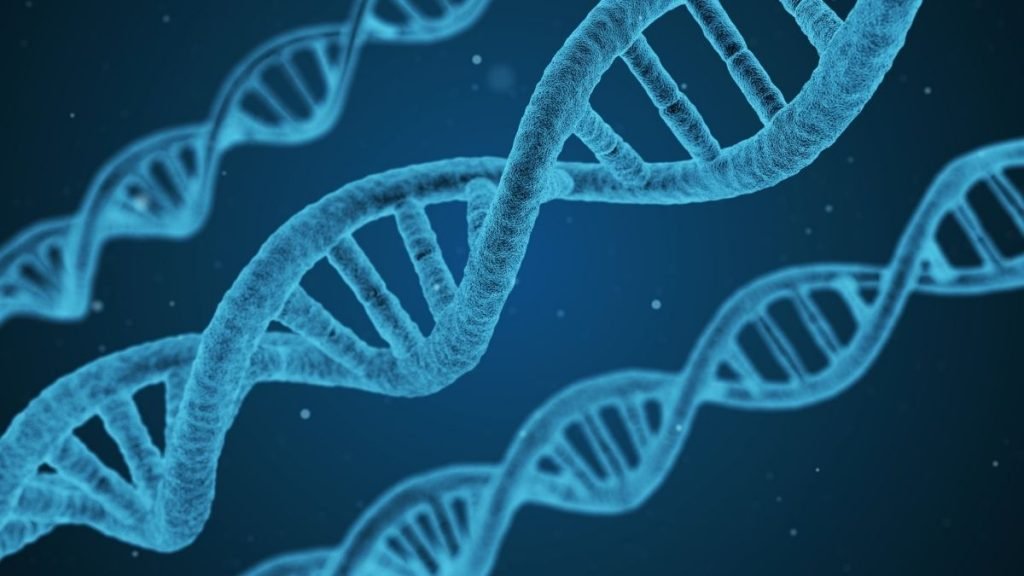SARS-CoV-2 DNA integration into host genomes

Approaches were Nanopore long-read sequencing, Illumina paired-end whole genomic sequencing, and Tn5 tagmentation-based DNA integration site enrichment sequencing
A study finds that deoxyribonucleic acid (DNA) from the SARS-CoV-2 virus can integrate into host genomes, potentially explaining why some people continue to test positive for COVID-19 via PCR tests without any detectable infectious virus.
Although re-infection with SARS-CoV-2 is rare, some people test positive for viral RNA weeks or months after initial infection. For the study published in Proceedings of the National Academy of Sciences of the United States of America (PNAS), Rudolf Jaenisch and colleagues sequenced the DNA of human cells in culture following infection with SARS-CoV-2.

The authors detected viral DNA in the genomes of the infected cells and found target site duplications flanking the viral sequences that also contained the LINE1 endonuclease recognition sequences consistent with a LINE1-mediated reverse transcription process for transcribing viral RNA into host DNA.
Three different approaches were used to detect genomic SARS-CoV-2 sequences integrated into the genome of infected cells. These approaches were Nanopore long-read sequencing, Illumina paired-end whole genomic sequencing, and Tn5 tagmentation-based DNA integration site enrichment sequencing. All three methods provided evidence that SARS-CoV-2 sequences can be integrated into the genome of the host cell.
Analysis of tissue samples found that integrated viral sequences can be expressed in patient-derived tissues, with chimeric transcripts containing human sequences fused to viral sequences.

However, the authors caution, because only sub-genomic viral fragments are integrated, the infectious viruses cannot be produced from the integrated sequences.
Expression of integrated viral sequences may complicate the use of the sensitive PCR assay as a criterion for the presence of infectious virus by giving false-positive results.
According to the authors, the results reveal long-term consequences of SARS-CoV-2 infection in the human genome and explain why people who have recovered from COVID-19 may continue to produce viral RNA in their tissues.








